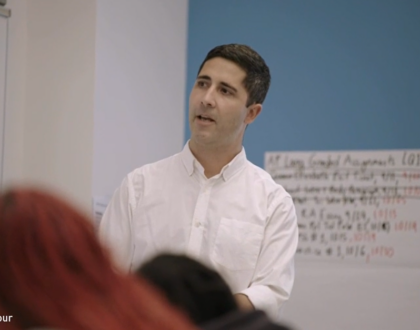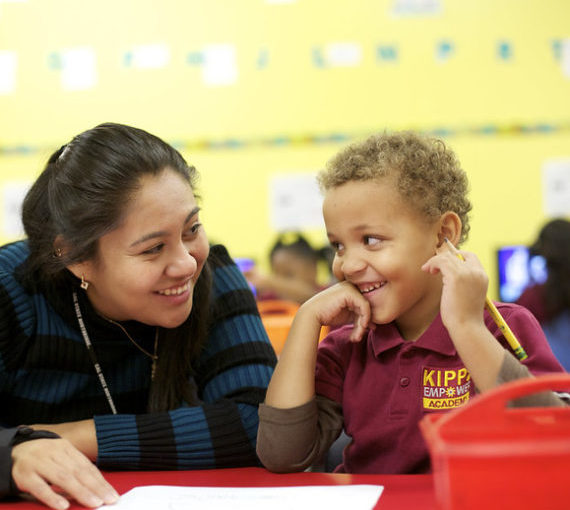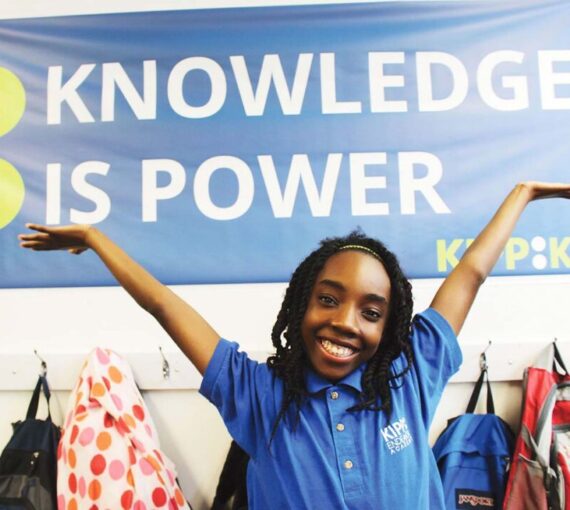120,000 Students Across The Country
This section of the page contains a carousel that visually displays 1 testimonial slide at a time. For screen reader users, these slides appear in a list below. The next and previous buttons only affect how these slides are shown visually, but do not affect what screen readers read, since all the slides are always shown to these users.
-
KIPP taught me that if we want to see change in our cities and within our communities, we must be the change we want to see.
Tyra Asberry, Alumna, KIPP New Jersey
KIPP taught me that if we want to see change in our cities and within our communities, we must be the change we want to see.
Tyra Asberry, Alumna, KIPP New Jersey -
KIPP is building a culture where people care for one another. When they say ‘Team and Family,’ they mean it.
Lindsay Miller, Teacher, KIPP Jacksonville
KIPP is building a culture where people care for one another. When they say ‘Team and Family,’ they mean it.
Lindsay Miller, Teacher, KIPP Jacksonville -
If your goal is to make the world a better place, there’s nowhere better to do it than in the classroom.
Eric Remlinger, Director, KIPP Columbus
If your goal is to make the world a better place, there’s nowhere better to do it than in the classroom.
Eric Remlinger, Director, KIPP Columbus -
KIPP schools work closely with parents to create a great school environment where children learn and grow.
Tafshier Cosby, Parent, KIPP New Jersey
KIPP schools work closely with parents to create a great school environment where children learn and grow.
Tafshier Cosby, Parent, KIPP New Jersey
News & Updates
Statement From Shavar Jeffries on FY24 Presidential Budget

A Brief But Spectacular take on harnessing AI in schools

Inside the Blunders That Plunged the College Admission Season Into Disarray




